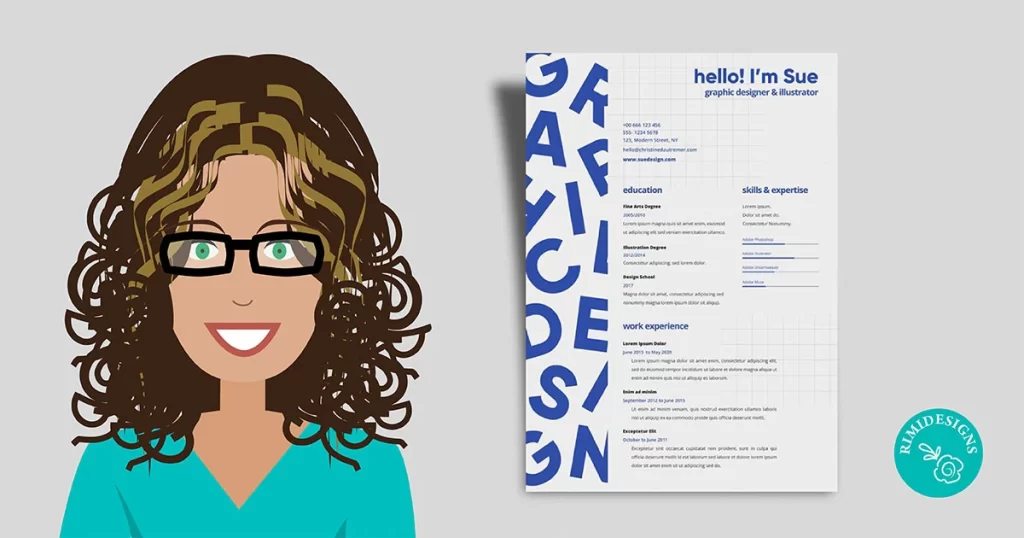
Your Go-to Resume Best Practices in 2024
One page? Two pages? Multiple columns? These questions pop into the mind of every resume writer. Career coach Forrest Clements shares his quick-fire resume best practices in 2024 and why he recommends them.
1. Single column format
These are more space efficient than two column templates (2 margins instead of 3). You also get more control over the order in which a human reads your resume.
2. Contact info should include email, LinkedIn and phone number
User hyperlinks for your email and LinkedIn URL. Also, type out the full URL instead of just “LinkedIn”. Leave off your location, unless applying for roles in that city.
3. Tailored summary header
Don’t say “Professional Summary”, instead say “Social Media Manager Summary”. Put the job function in the header and customise it to each job description.
4. Bullet point summary
Paragraphs are often long and difficult to skim for human readers. They’re also harder to quickly customise between applications and tend to get fluffy pretty quick. Stick to 3-5 bullet points.
5. Tailored summary for each position
You don’t need to rewrite your resume for every single job. Just tweak your top summary section. Think of this as your “greatest hits” section, where you choose which 3 of your most impressive bullet points to “feature” at the top based on each position.
6. Section divisions
Use page width underlines or another visual cue to divide resume sections. This makes it easier for readers to find what they’re looking for.
7. Bullet point length: No more than 2 lines of text
Bullet points that are 3 lines or more are visually more exhausting to read and risk getting skipped over.
8. Accomplishment-oriented bullet points
Replace “job description-y” bullet points with ones that highlight a specific project, a measurable result or a clear outcome. Include WHAT you did, HOW much and WHY it mattered.
9. Two-five bullet points per position
Any less and I’m asking, “Why is this position here?” Any more and run the risk of people not reading them all. More relevant roles should have 4-5.
10. Right justified dates
Keep your employment dates aligned along the right margin. It’s easier to scan down the side of your resume and see the timeline of your career.
11. Skills sections at the bottom, if at all
Reserve skills sections for technical skills (software programs, languages, systems, etc.). If all your skills section says is stuff like communication, problem solving and MS Office, you can get rid of it entirely.
12. One or two page is fine
Either is okay, so long as you’re not getting too cramped or too fluffy. 10+ years of experience tends to start needing a second page, but if you can keep to one, that’s great too.
13. PDF format
Always share your resume as a PDF to ensure the formatting doesn’t get messed up if someone opens it using a different word processor. Include both your name and the word “resume” in the file name.
SOURCE: LinkedIn



![[VIDEO] How to Turn Photos Into Line Art With Adobe Illustrator Rimidesigns Line Art](https://www.rimidesigns.com.au/WPsite/wp-content/uploads/2023/11/Rimidesigns-Line-Art-270x270.jpg)